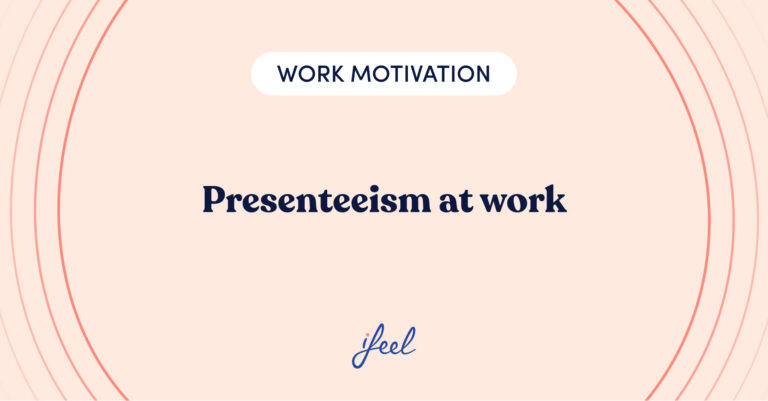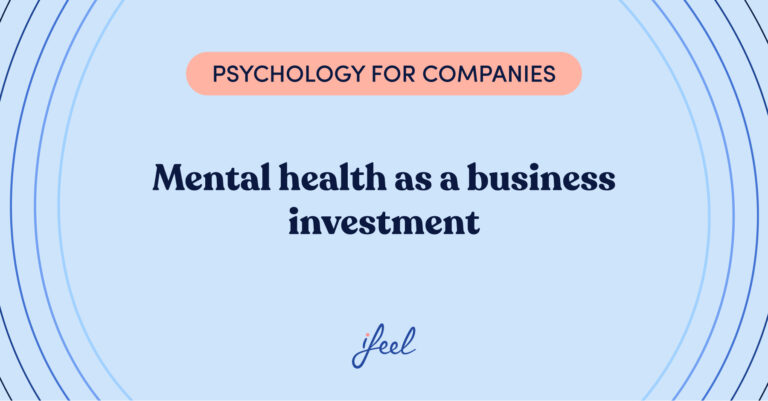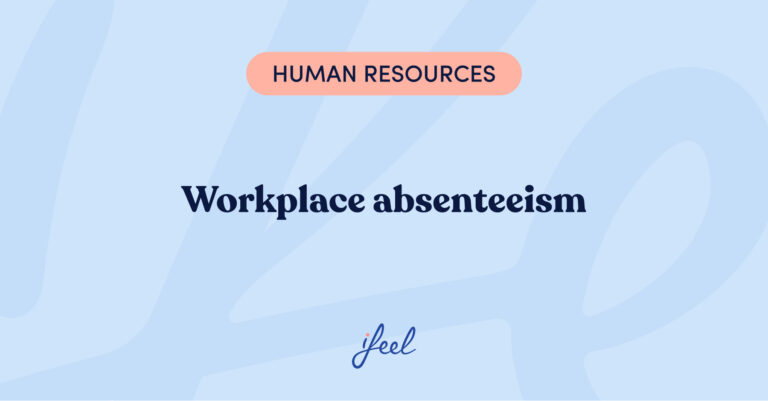Understanding how to prevent burnout is a critical priority for HR leaders, decision-makers, and enterprises striving to maintain high levels of productivity and employee engagement. Burnout can drastically impact leadership effectiveness, team morale, and overall organizational performance. Here’s a streamlined approach to how to prevent burnout that can be integrated into any corporate HR strategy.
How to prevent burnout: A workplace challenge
The term burnout originated in the 1970s, introduced by psychiatrist Herbert Freudenberger to describe a syndrome characterized by emotional exhaustion, decreased motivation, and a loss of satisfaction at work. Initially identified among healthcare professionals, this concept now spans across all industries, reflecting the pervasive nature of workplace stress and exhaustion. Understanding how to prevent burnout is more important than ever.
Common symptoms include:
- Anxiety and stress
- Depressive states
- Low motivation
- Workplace conflicts
- Persistent fatigue
These symptoms hinder leaders’ and employees’ capacity to perform at their best. Recognizing burnout early and implementing prevention strategies is key to fostering a healthy work culture and sustaining long-term success.

How does burnout develop?
How to prevent burnout starts with understanding that it doesn’t appear overnight; it is a gradual process that develops over time due to various internal and external factors. The root causes are often embedded in the work environment and organizational culture. Some employees might cope well with certain stressors, while others may be overwhelmed by similar conditions. Understanding these factors is crucial for HR managers and executives looking to mitigate burnout risks.
Key factors leading to burnout
Burnout arises from a combination of personal and organizational stressors. Here are four critical aspects that HR leaders should monitor when considering how to prevent burnout in their teams:
Employees must feel that their work has meaning and their contributions are valued. When efforts go unnoticed or roles become monotonous without growth opportunities, motivation dwindles. This disengagement can spiral into full-blown burnout.
1. Poorly designed work demands
Inefficient processes, unclear roles, and lack of direction can overwhelm employees. Without proper leadership and clear strategies, employees may feel isolated and unsupported, leading to frustration and eventual burnout.
2. Unbalanced workloads
Excessive workloads and periods of inactivity can create a sense of inconsistency and discontent among employees. When workloads are not aligned with capacity or role expectations, stress levels increase, negatively impacting overall performance.
3. Negative work environment
A toxic work culture, characterized by poor relationships, inadequate communication, and a lack of mutual support, is a breeding ground for burnout. HR leaders must cultivate an atmosphere of respect and collaboration to maintain a positive and productive work environment.
4. Lack of motivation and recognition
Employees must feel that their work has meaning and their contributions are valued. When efforts go unnoticed or roles become monotonous without growth opportunities, motivation dwindles. This disengagement can spiral into full-blown burnout.
Strategies on how to prevent burnout
To understand how to prevent burnout effectively, companies must adopt proactive measures that address the syndrome’s root causes and symptoms. Here’s how enterprises can implement practical strategies:
| Strategy | Description |
|---|---|
| Establish clear work boundaries | To foster a sense of belonging, build a supportive and inclusive work culture through team-building activities, open communication, and transparent leadership. |
| Promote a balanced workload | Define specific work hours and encourage employees to switch off outside of these times. This will help prevent constant availability and ensure work-life balance. |
| Enhance the work environment | Celebrate achievements, provide meaningful feedback, and create opportunities for career growth, which will increase employees’ sense of purpose and motivation. |
Quick employee well-being check
Instructions: HR leaders can use this short assessment to monitor employee well-being and identify potential burnout risks. Responses can be collected anonymously to encourage honest feedback.
- Workload management:
- How often do you feel overwhelmed by your workload? (Rarely / Sometimes / Often)
- Do you feel your tasks are clearly defined? (Yes / No)
- Support & communication:
- Do you feel comfortable discussing work-related stress with your manager? (Yes / No)
- How supported do you feel by your team and leadership? (Not at all / Somewhat / Very supported)
- Motivation & recognition:
- Do you feel your efforts are recognized and appreciated? (Yes / No)
- How often do you feel motivated to engage in your work? (Rarely / Sometimes / Often)
- Stress & mental well-being:
- How often do you experience stress due to work? (Rarely / Sometimes / Often)
- In the past month, have you felt emotionally exhausted due to work? (Never / Occasionally / Frequently)
- Work-life balance:
- Do you find it difficult to disconnect from work during personal time? (Yes / No)
- How would you rate your overall work-life balance? (Poor / Fair / Good)
Follow-up actions:
- Pay special attention to “Often” or “Yes” responses, which may indicate burnout risks.
- Use this data to address specific areas such as improving communication, adjusting workloads, or offering more recognition.
- Consider individual check-ins for those reporting high stress or low support, ensuring they receive help.
This assessment helps HR leaders monitor their teams’ mental well-being and adjust strategies to foster a healthier, more resilient work environment.
Leadership Lens
From a leadership perspective, burnout isn’t just an individual challenge, it’s a critical organisational issue affecting the entire team’s performance and morale. Leaders play a vital role in setting the tone for a healthy work environment, and their ability to recognise early signs of burnout is crucial. A proactive approach allows them to intervene before stress and disengagement become systemic problems, helping to maintain productivity and team cohesion.
Moreover, leaders themselves are not immune to burnout. The pressures of decision-making, managing teams, and driving company objectives can affect their well-being. Acknowledging this vulnerability is essential for fostering an environment where seeking support is normalised. By focusing on their own mental health and modeling work-life balance, leaders can set a powerful example for their teams and create a culture that prioritises well-being and resilience.

Risk assessment through SOFAS assessment
Discover how workplace mental health impacts productivity with insights from the “Risk Assessment through SOFAS Test” report! This study evaluates employees’ social and occupational functioning in therapy, revealing critical trends in mental well-being.
While most employees are functioning near optimal levels, the report highlights a critical 3.5% of high-risk individuals experiencing severe impairments in their work and personal lives. These findings emphasise the need for proactive mental health interventions to safeguard your workforce’s performance and well-being.Don’t miss out! Download the full report to uncover actionable strategies for boosting employee resilience and productivity.
Trust the leaders
Learning how to prevent burnout is not an easy task, but it should be at the forefront of HR leaders’ strategy if they want to create a healthy and thriving workplace.
To assist in this process, our team of psychologists specialising in mental well-being has developed a mental well-being program for companies aimed at helping companies enhance employee engagement and boost productivity.
This collaboration allows HR managers to receive personalised, data-based advice on the most effective measures for detecting employee mental health issues and assessing the workplace climate. It’s the best way to understand their needs.
Moreover, ifeel’s corporate mental well-being solution offers employees a structured mental health care service tailored to their needs at any given time.
We hope you found this article on how to prevent burnout interesting. If you want more information about our mental well-being solution for companies, simply request it, and we will contact your team soon.










